What Is Filtered In The Glomerulus
Filtration, Reabsorption, Secretion: The Three Steps of Urine Formation
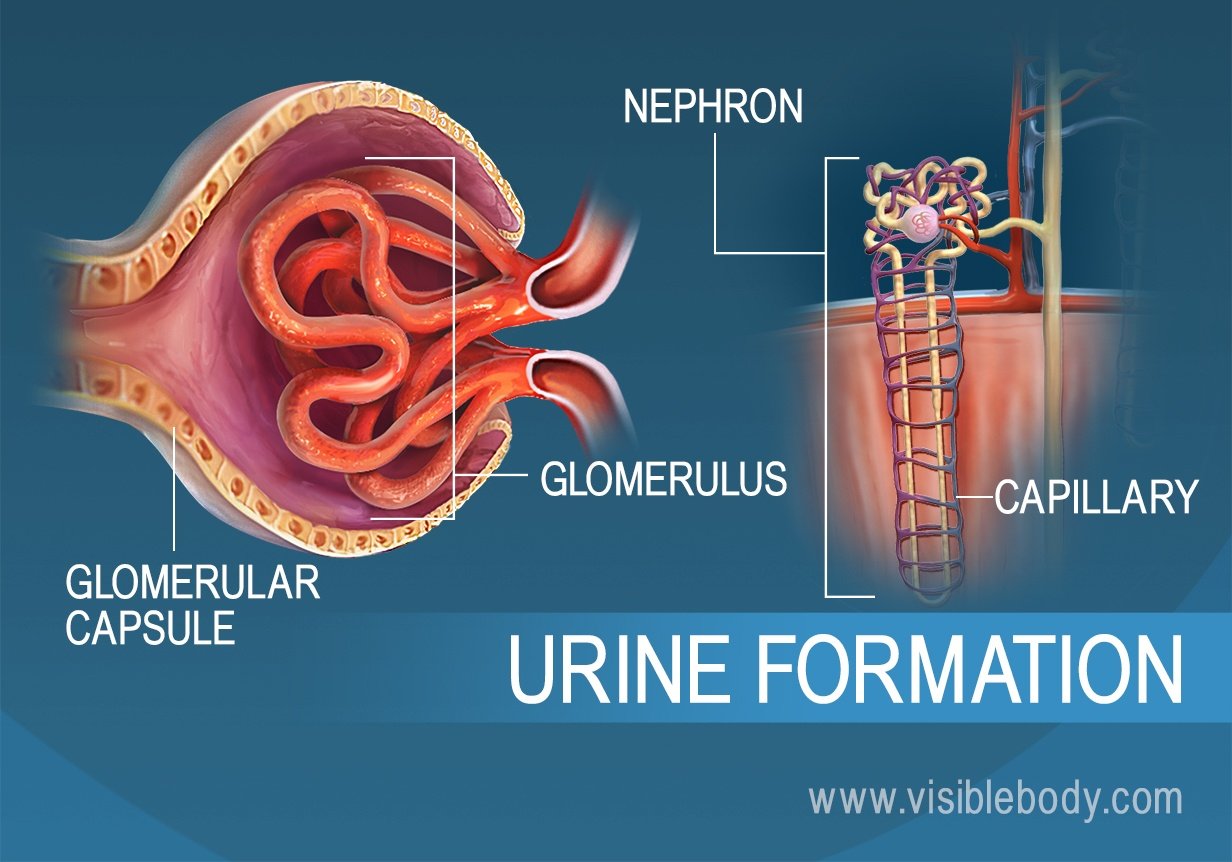
The kidneys filter unwanted substances from the blood and produce urine to excrete them. There are three main steps of urine germination: glomerular filtration, reabsorption, and secretion. These processes ensure that only waste and backlog h2o are removed from the trunk.
one. The Glomerulus Filters Water and Other Substances from the Bloodstream
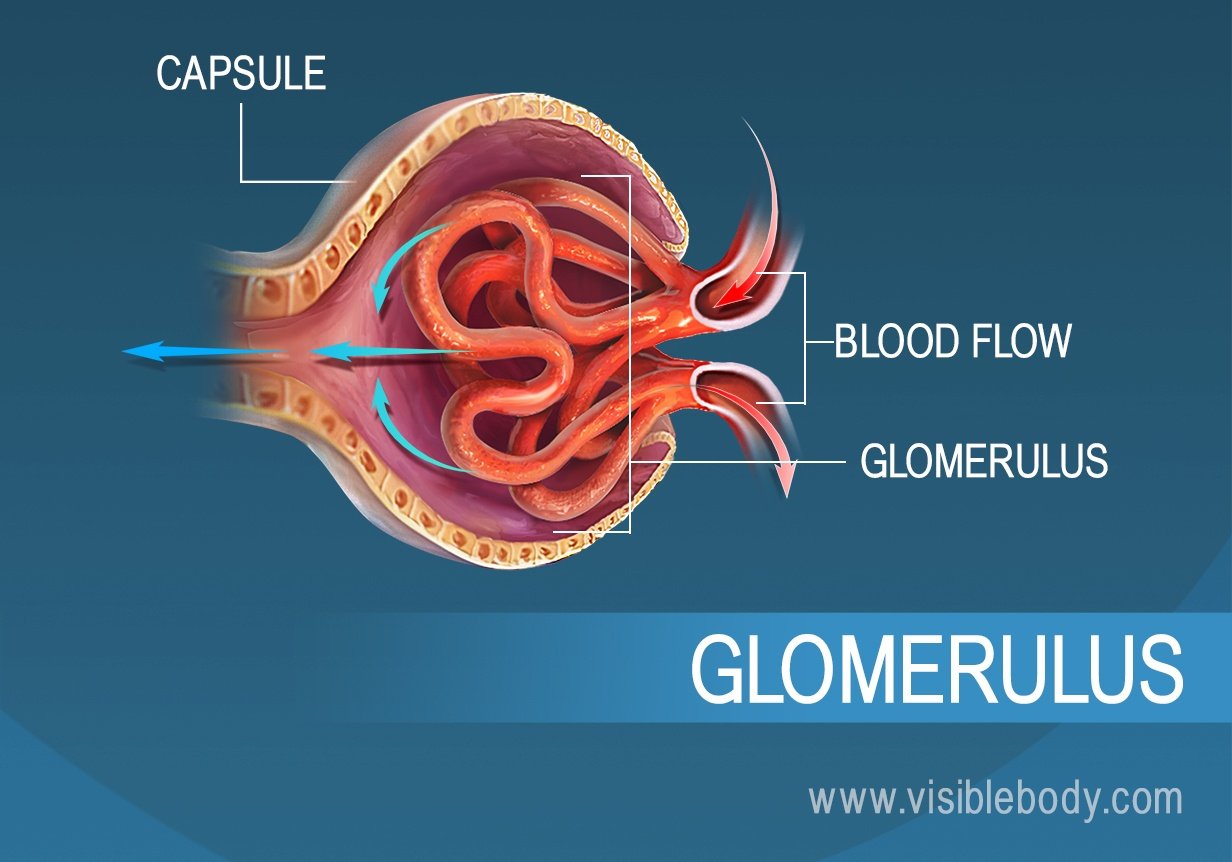
Each kidney contains over one 1000000 tiny structures called nephrons. Each nephron has a glomerulus, the site of blood filtration. The glomerulus is a network of capillaries surrounded past a cuplike construction, the glomerular capsule (or Bowman'due south capsule). As claret flows through the glomerulus, blood pressure pushes water and solutes from the capillaries into the capsule through a filtration membrane. This glomerular filtration begins the urine germination procedure.
2. The Filtration Membrane Keeps Blood Cells and Large Proteins in the Bloodstream
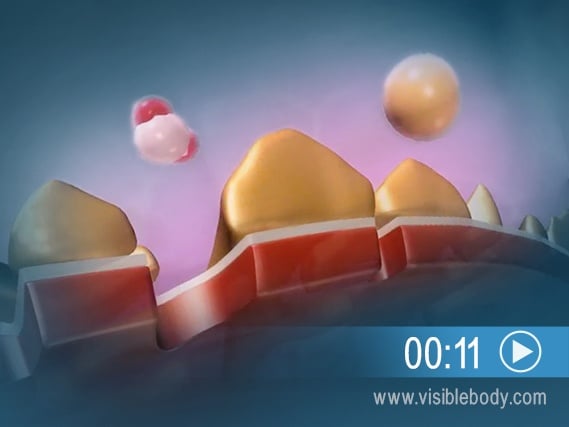
Inside the glomerulus, claret force per unit area pushes fluid from capillaries into the glomerular sheathing through a specialized layer of cells. This layer, the filtration membrane, allows water and pocket-size solutes to pass simply blocks blood cells and big proteins. Those components remain in the bloodstream. The filtrate (the fluid that has passed through the membrane) flows from the glomerular capsule further into the nephron.
3. Reabsorption Moves Nutrients and Water Back into the Bloodstream

The glomerulus filters water and modest solutes out of the bloodstream. The resulting filtrate contains waste material, but also other substances the trunk needs: essential ions, glucose, amino acids, and smaller proteins. When the filtrate exits the glomerulus, it flows into a duct in the nephron called the renal tubule. As it moves, the needed substances and some water are reabsorbed through the tube wall into adjacent capillaries. This reabsorption of vital nutrients from the filtrate is the 2nd stride in urine creation.
iv. Waste matter Ions and Hydrogen Ions Secreted from the Blood Complete the Germination of Urine
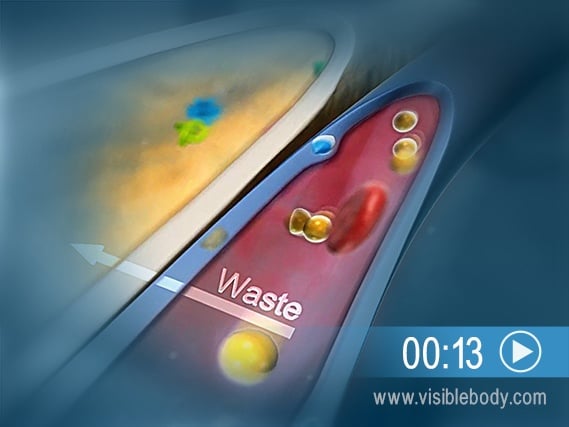
The filtrate absorbed in the glomerulus flows through the renal tubule, where nutrients and water are reabsorbed into capillaries. At the same time, waste ions and hydrogen ions pass from the capillaries into the renal tubule. This procedure is called secretion. The secreted ions combine with the remaining filtrate and become urine. The urine flows out of the nephron tubule into a collecting duct. It passes out of the kidney through the renal pelvis, into the ureter, and downward to the bladder.
5. Urine Is 95% H2o
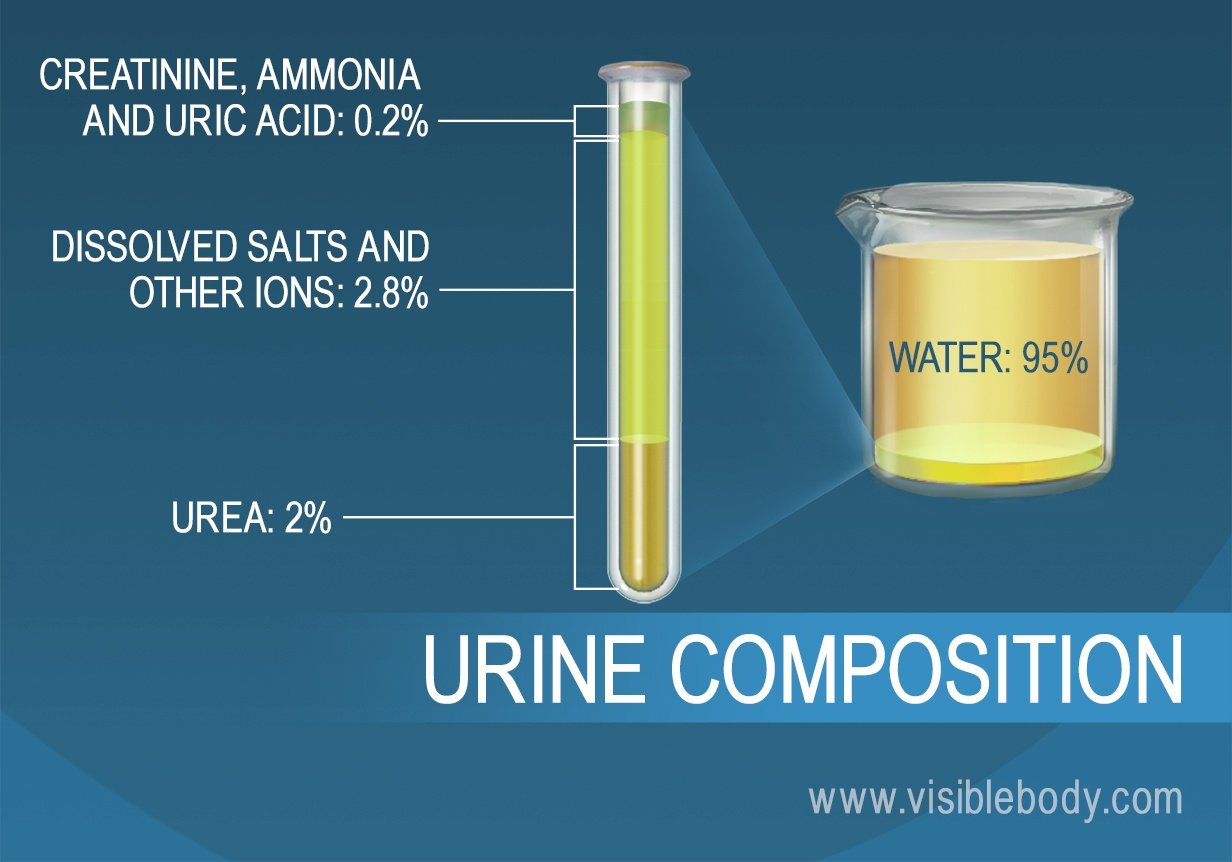
The nephrons of the kidneys process blood and create urine through a process of filtration, reabsorption, and secretion. Urine is near 95% h2o and 5% waste products. Nitrogenous wastes excreted in urine include urea, creatinine, ammonia, and uric acid. Ions such equally sodium, potassium, hydrogen, and calcium are too excreted.
Download Nephrons Lab Activity
What Is Filtered In The Glomerulus,
Source: https://www.visiblebody.com/learn/urinary/urine-creation
Posted by: hollandwoorkepark.blogspot.com


0 Response to "What Is Filtered In The Glomerulus"
Post a Comment